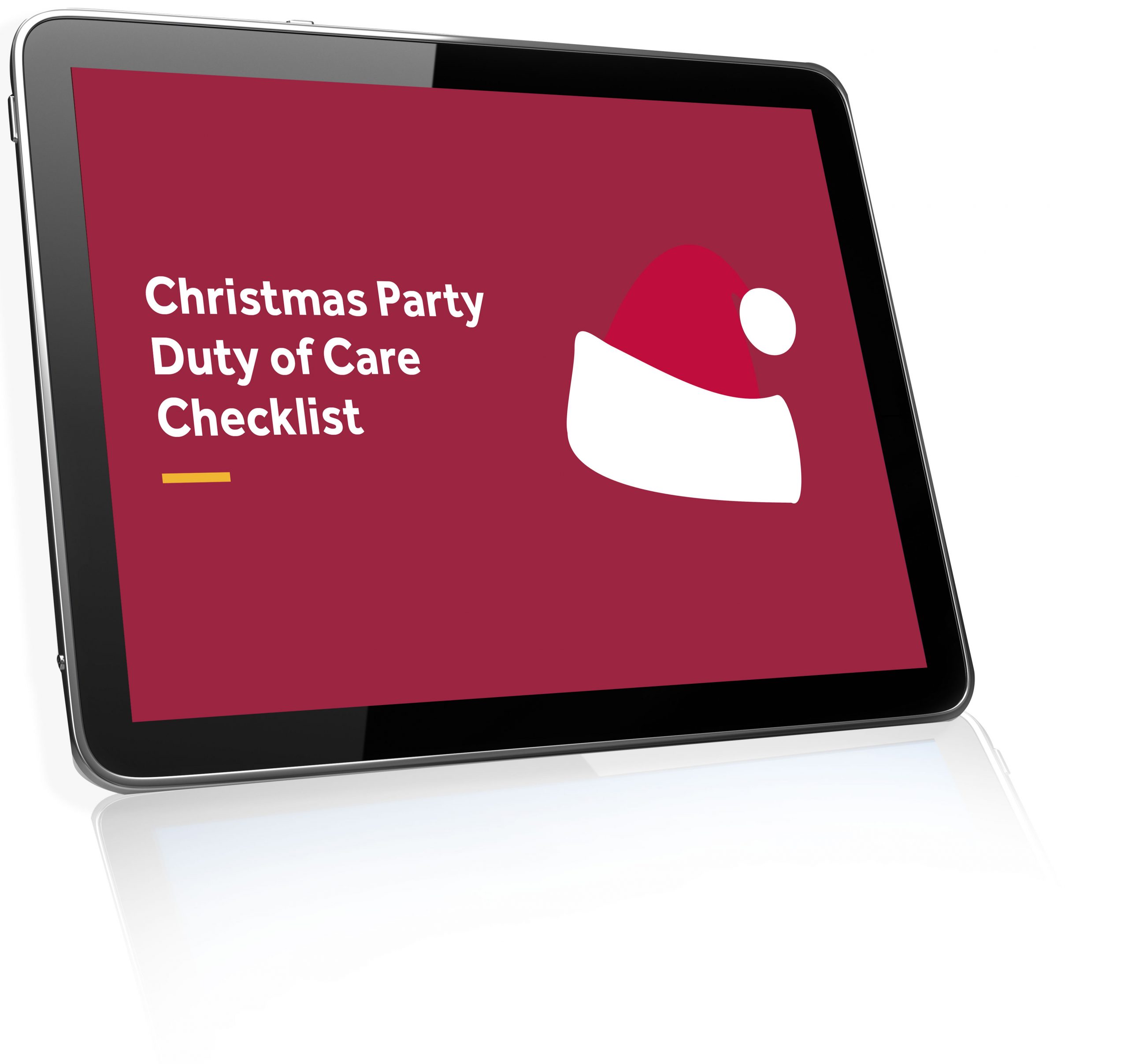
According to Statistics New Zealand, 14% of women and 9% of men say they have experienced some form of harassment at work. Sexual harassment has been a difficult issue to raise, particularly due to its traumatic nature. People who have suffered workplace sexual harassment will choose to leave their employment rather than raise the issue. However, workplace sexual harassment is not an issue limited to work. What happens in workplaces eventually is a reflection of what happens in wider society and systems.
Employers have an obligation to provide a healthy and safe workplace for all employees and workers.
Lack of data
The biggest hurdle for researchers and policymakers in creating effective systems is lack of data. Data on workplace sexual harassment in New Zealand is patchy and incomplete. It also does not provide us the full picture. We can look at number of complaints but that does not tell us how many people suffered from workplace sexual harassment but did not complain. Many people are afraid to approach formal channels because of the complaint process being complicated and leading to victim-blaming or reputational damage.
There is also a lack of clarity on what constitutes as workplace sexual harassment. The Human Rights Commission found that after the global #MeToo movement, the number of complaints it received about sexual harassment increased dramatically. Cultural and social awareness of sexual harassment can mean that behaviour that goes unreported or not raised will be more likely to be reported.
Definition
The Human Rights Act 1993 defines sexual harassment as any unwelcome or offensive sexual behaviour that is repeated, or is serious enough to have a harmful effect, or which contains an implied or overt promise of preferential treatment or an implied or overt threat of detrimental treatment.
Sexual harassment can be spoken or written, visual or physical acts. It can occur in person, through text messaging, or online through email, internet chat rooms or other social media channels.
Sexual harassment can happen at any time and at all levels of a business.
Workplace sexual harassment
Workplace sexual harassment can manifest in many forms. The person doing the harassment could be a manager, co-worker, a volunteer or even a client, contractor, or supplier. This happens when a person:
either subtly or obviously asks the worker for sex, sexual contact or other sexual activity, with a:
promise, of better treatment in their employment, or
threat of either worse treatment or about current or future job security.
Subjects, either directly or indirectly, the worker to sexual innuendo behaviours that they don’t want or find offensive.
These types of behaviour can be in the form of:
written or spoken language
visual material such as pictures, diagrams, photos, and videos
Victims of the harassment may not be just the target of the behaviour, but anyone affected by it. For example, a co-worker standing nearby when inappropriate sexual comments are said maybe affected, even if the comments aren’t directed toward them.
Gender and sexual harassment
Research has shown harassment affects women and men in New Zealand and cuts across all socio-economic groups. However, several groups are disproportionately affected, e.g Māori, Pacific Peoples, and Asian workers, as well as disabled workers, and bisexual workers. Nearly 38% of women have experienced sexual harassment in the last 5 years.
Women in ethnic minorities are also more likely to report experiencing harassment at work. High prevalence rates are reported for Pacific women (14.4%), Asian women (15.5%) and Middle Eastern, Latin American, and African women (24.2%). Māori report a higher incidence of harassment than Europeans.
Examples
Some behaviours maybe considered sexual harassment in the workplace, due to the serious nature or repetition of the behaviour, that behaviour is unwelcome or offensive, and that has a harmful effect on you and your job:
Sharing sexually inappropriate images or videos, such as pornography with co-workers.
Sending suggestive letters, notes, or emails.
Displaying inappropriate sexual images, posters, or calendars in the workplace.
Telling vulgar jokes or sexual anecdotes.
Making inappropriate hand or body sexual gestures.
Staring in a sexually suggestive or offensive manner, or whistling.
Making sexual comments about appearance, clothing, or body parts.
Inappropriate touching, including pinching, patting, rubbing, or purposefully brushing up against another person.
Asking sexual questions, such as queries about someone’s sexual history or their sexual orientation.
Making offensive comments about someone’s sexual orientation or gender identity.
Unwanted comments or teasing about a person’s sexual activities.
Persistent and unwelcome social invitations, or telephone calls or emails from workmates at work or at home.
Any actions or words with a sexual connotation that interfere with or affect a worker’s ability to work can be considered sexual harassment. If it creates an uncomfortable atmosphere at work, it’s likely to be considered sexual harassment.

Sexual harassment across industries
While sexual harassment occurs in all industries, it is common in the healthcare and social assistance sector with 41% of workers having experienced at least one sexual harassment behaviour in the last 5 years. Young hospitality employees are also especially likely to be subject to sexual harassment.
Other industries with high rates of harassment were:
public administration
education and training
retail trade, accommodation, and food services
rental, hiring and real estate
transport, postal and warehousing
Community and personal service workers experienced higher rates of harassment at work though professionals and managers were also affected. The 2018 survey of lawyers by the New Zealand Law Society shows that 31% of female lawyers and 5% of male lawyers have been sexually harassed during their working life. The data suggests that some sectors have higher rates of harassment. There have also been reports of widespread sexual harassment among New Zealand University halls of residence.
Whether it is a cultural or systemic issue, one thing is clear that there are opportunities for targeted interventions to increase awareness of what sexual harassment is and how to prevent it in those sectors.
Small business and sexual harassment
Small businesses face challenges in understanding the complexity of sexual harassment. The small size of the workplace and the high degree of informality can increase the risk of sexual harassment. It also increases the potential of informal and personal interactions, physical contact, and other forms of communication which lead to unwanted advances. Small businesses lack the manpower, knowledge, and resources to handle complaints.
Cost of workplace sexual harassment
Workplace sexual harassment imposes a range of costs on individuals, victims, perpetrators, bystanders, employers, the government, and the society. These costs are financial, emotional, mental, and physical. Once again, lack of data acts as a big hurdle around the extent of the costs of workplace sexual harassment.
Each case of workplace sexual harassment is different. Some of the costs of workplace sexual harassment include:
Short-term absences from work (annual leave, sick leave, and unpaid leave) for victims. On average, a victim of workplace sexual harassment was estimated to take 0.8 days of leave due to the harassment.
Reduced productivity while at work, known as ‘presenteeism.’
Increased staff turnover. In 10% of cases, somebody associated with the harassment (victim, bystander, or perpetrator) leaves the organisation.
Time lost from responding to complaints.
Increased health costs to the victim
Impact on mental health and wellbeing
Organisational reputational damage
Damaging personal relationships
A study has found an average damage of US$22,500 per employee in lost productivity and employee turnover due to sexual harassment. The study further found that companies with the highest incidences of sexual harassment underperform the US stock market by approximately 19.9% the subsequent year. The damage is also not isolated to the firm’s stock market performance. It affects profitability strongly too. In addition, labour costs rise on average by 7% for these firms over that same period.
Handling reports of sexual harassment
Take all reports of sexual harassment seriously
Offer a safe space for the complainant to come forward and talk to you or the person in charge
Carefully and clearly listen to them
Consider response options for the specific circumstance
Set timelines and deal with reports as soon as you can after you receive them
Tell everyone involved what the process is
Protect all the people involved (including both sides of the complaint, support people and witnesses) from victimisation (being punished, bullied, and intimidated)
Anyone involved can have a support person present at interviews or meetings (in-house support person, their union delegate, colleague, friend, legal representative)
Tell everyone involved what support and representation is available to them (if you have an employee assistance program, or other trained people who can provide ongoing care and support)
Maintain confidentiality of the persons involved in investigating and considering the reported behaviour
Treat everyone involved fairly
Make decisions based on facts
Work with someone unbiased and trained to handle reports of sexual harassment
Ensure all actions, communications, documents, and conversations are recorded accurately.
Store all relevant information securely and restrict access to necessary parties.
What can employers do?
Workplace sexual harassment is a destructive and pervasive issue. It can happen to anyone and negatively impact the workplace.
It is also tricky to handle.
Employsure has worked with 6,000 business owners across New Zealand in matters of employment relations and health and safety. We understand the challenges business owners face in managing staff and implementing processes. You can call our 24/7 Advice line today.
